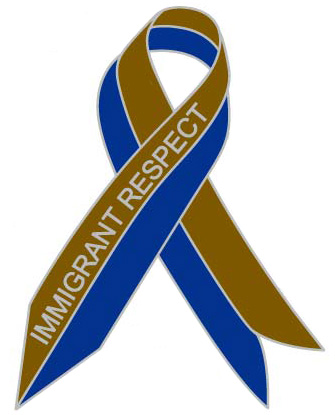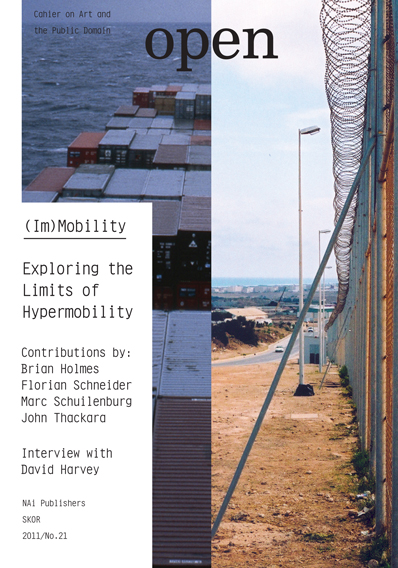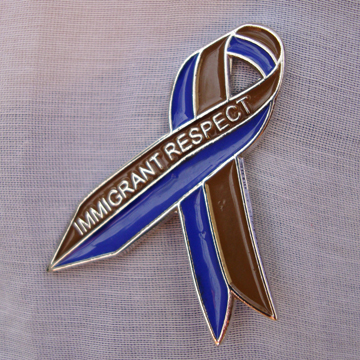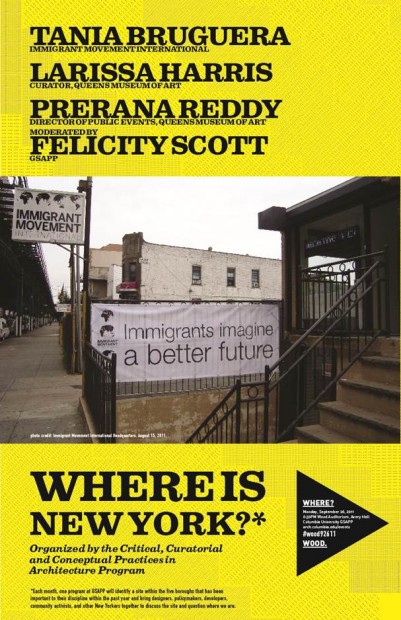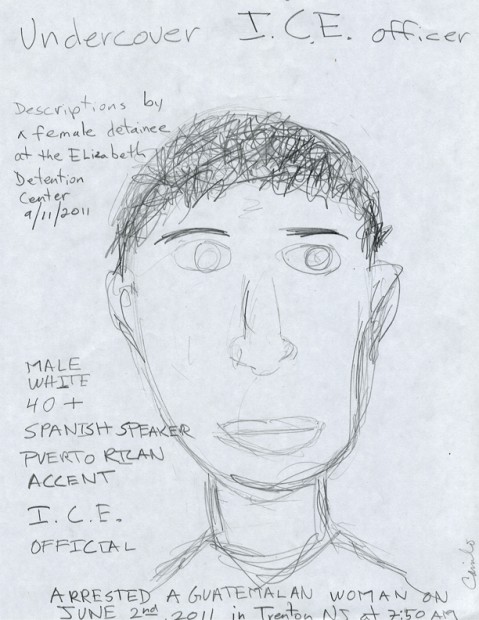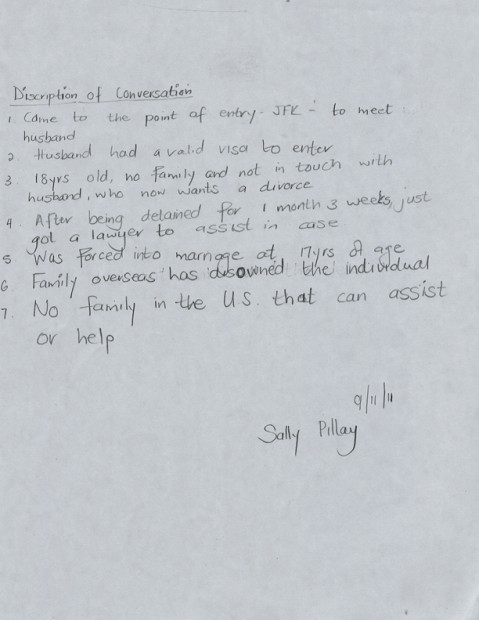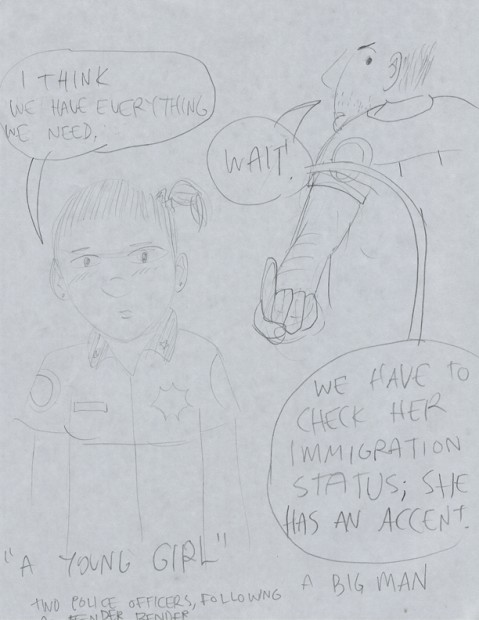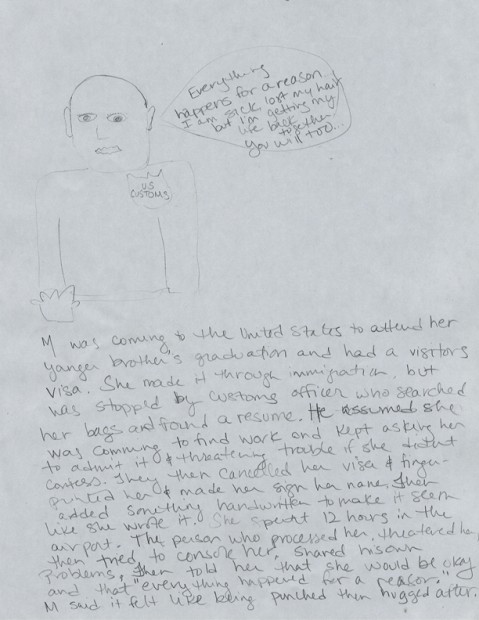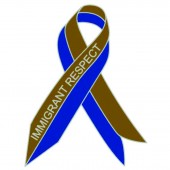Lectures by Brian Holmes and Eric Kluitenberg
Launch and presentation ‘Open’ 21 on (Im)Mobility
Sunday, October 9, 2011 2-4 PM
Programme:
2 PM – Introduction – Jorinde Seijdel: “Open #21 (Im)mobility. Exploring the Limits of Hypermobility”
2.30 PM – Lecture – Brian Holmes: “What Sustains a Public Sphere? Solidarity in the Post-Liberal Societies”
3.15 PM – Lecture – Eric Kluitenberg: “The Global Im/Mobility Privilege”
4 PM – End
Brian Holmes is a cultural critic living at present in Chicago. He is working on crisis theory and technopolitics. All of his texts are obtainable free of charge here. For decades, the critique of neoliberalism has been a paying proposition for left-leaning artists and intellectuals. Amidst the Internet and real-estate booms, a fragile mix of enlightenment and entrepreneurial values preserved some space for theories of radical democracy. Today, financial turmoil and its hard-right political consequences have laid that ambiguity to rest. In this lecture, Brian Holmes reopens the debate about the practical basis for an aesthetics of equality. The first step toward new institutions of solidarity, he argues, is to understand one’s own position on the margins.
Eric Kluitenberg is a writer and curator who focuses on culture, media and technology, living in Amsterdam, The Netherlands. Recent publications include Book of Imaginary Media (2006) and Delusive Spaces (essays, 2008). The right to freedom of movement is enshrined in international systems of law and power that offer little space for individual influence or control. Our examination of the global regimes of im/mobility revealed how deeply the transnational is rooted in specific local constellations, which offer the optimal point of intervention.
Jorinde Seijdel is editor in chief of Open. Cahier on Art and the Public Domain.
open #21 (im)mobility. Exploring the limits of hypermobility
Contributions by Brian Holmes, Florian Schneider, Marc Schuilenberg, and John Thackara. Interview with David Harvey.
Advanced communications technologies seem to be paving the way for an increase in physical and motorized mobility. At the same time, these accelerating flows of data and commodities stand in sharp contrast to the elbow room afforded to the biological body, which in fact is forced to a standstill. And while data, goods and capital have been freed of their territorial restrictions, the opposite is true for a growing proportion of the world’s population: border regimes, surveillance and identity control are being intensified at a rapid pace. In short, we are seeing both an uncurbed and uncontrolled increase of mobility and segregating filtrations. This issue of Open explores the internal contradictions of prevailing mobility regimes and their effects on social and physical space.
Open investigates the contemporary conditions of public space and changing notions of publicness in a structural manner in relation to cultural production. This implies an experimental and interdisciplinary exposition of the reality, possibilities and limitations of the current public domain, in particular from sociological, philosophical, political and artistic perspectives. Within the framework of this ‘project in progress,’ themes such as safety, memory, visibility, cultural freedom, tolerance, hybrid space, the rise of informal media, art as a public affair, manipulative, precarity and privacy have been examined.
Open is edited by Jorinde Seijdel (editor in chief) and Liesbeth Melis (final editing) and appears twice a year in a Dutch-language and an English-language edition. The graphic design is by Thomas Buxò and Klaartje van Eijk. Open is an initiative of SKOR | Foundation for Art and Public Domain, Amsterdam (www.skor.nl) and is published by NAi Publishers.
For information, ordering and subscriptions see: info@naipublishers.nl and www.naipublishers.nl.
About the Venue
Immigrant Movement International (IM International) is a five-year project by artist Tania Bruguera. Its mission is to help define the immigrant as a unique, new global citizen in a post-national world and to test the concept of arte útil or “useful art”, in which artists actively implement the merger of art into society’s urgent social, political and scientific issues.
